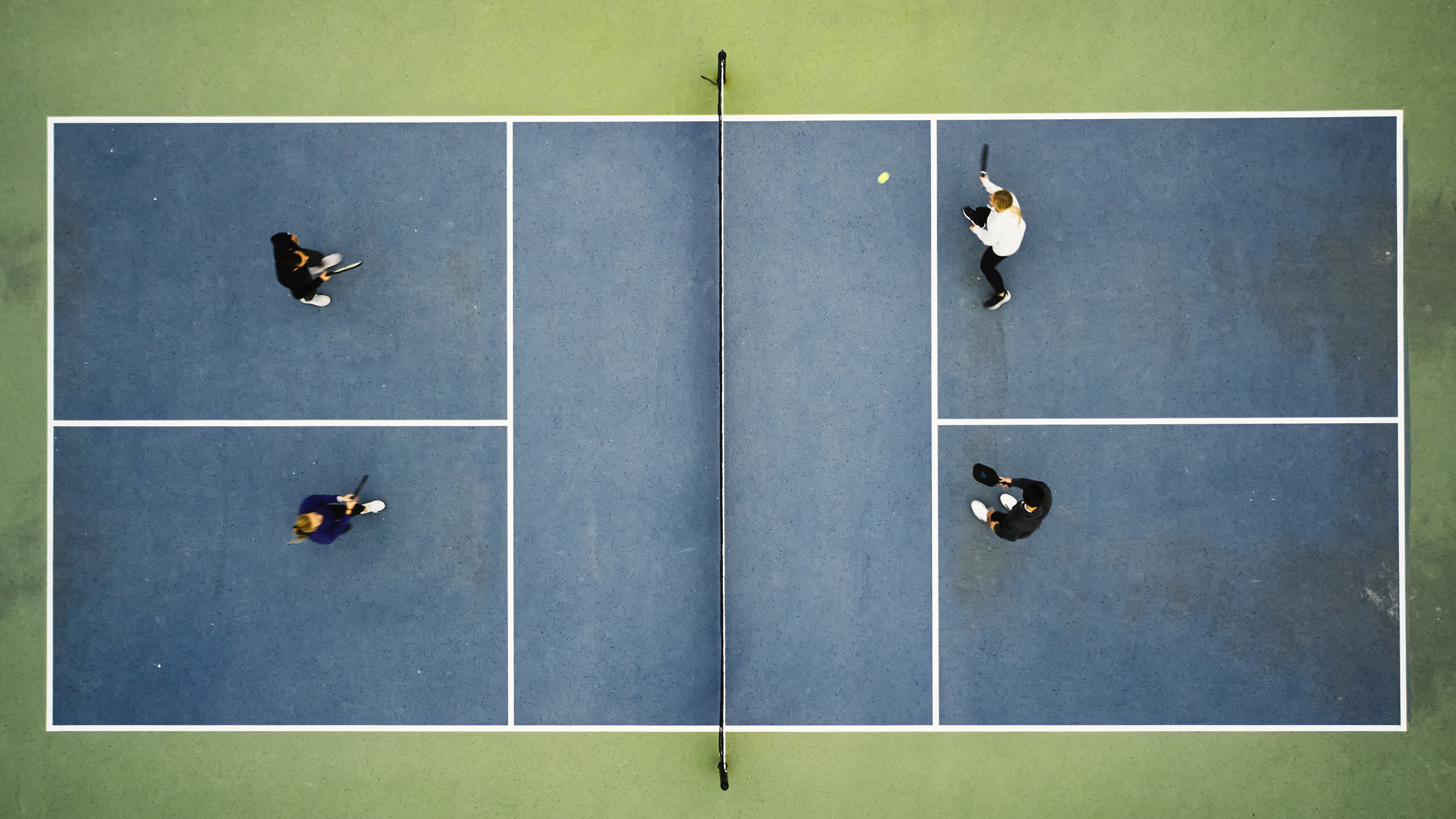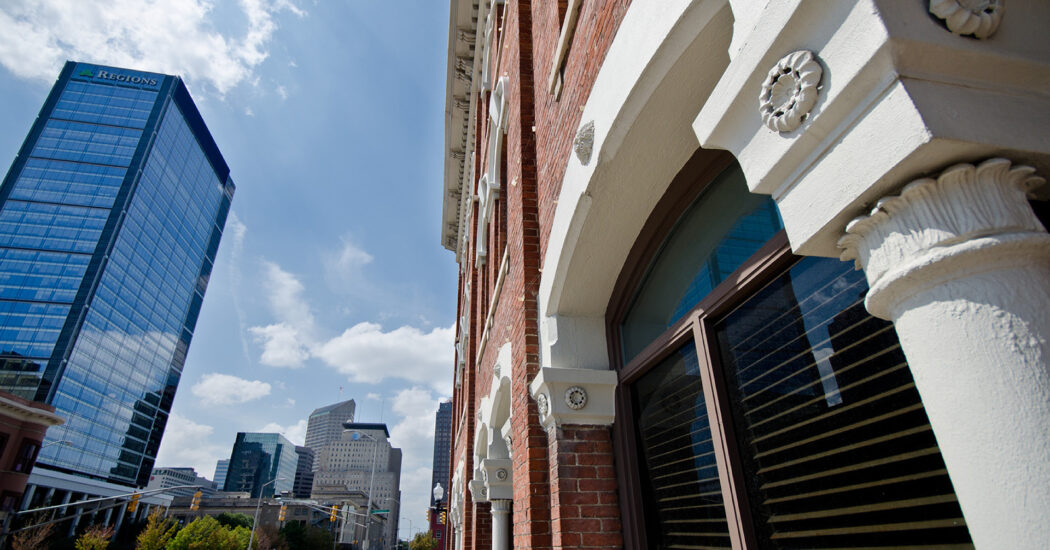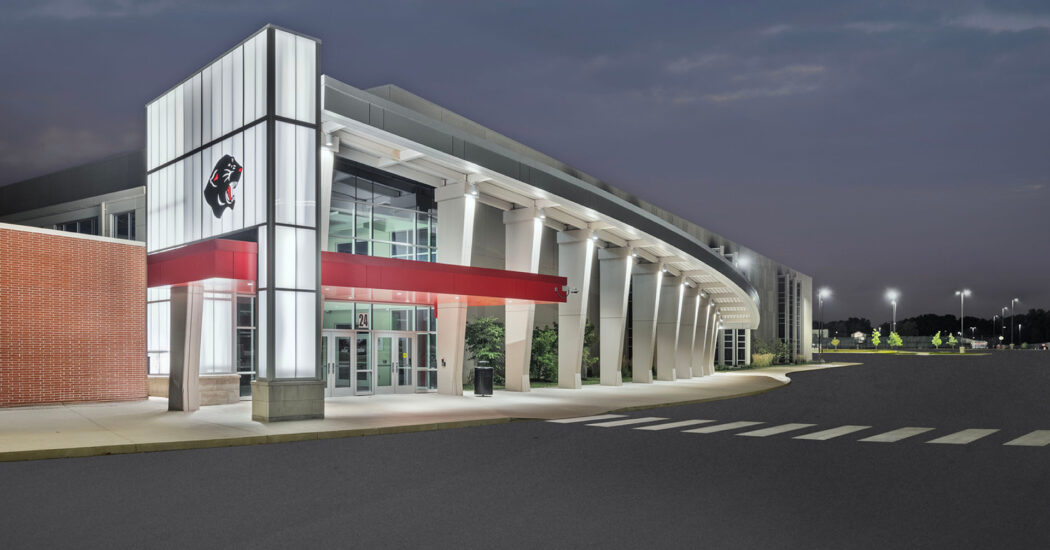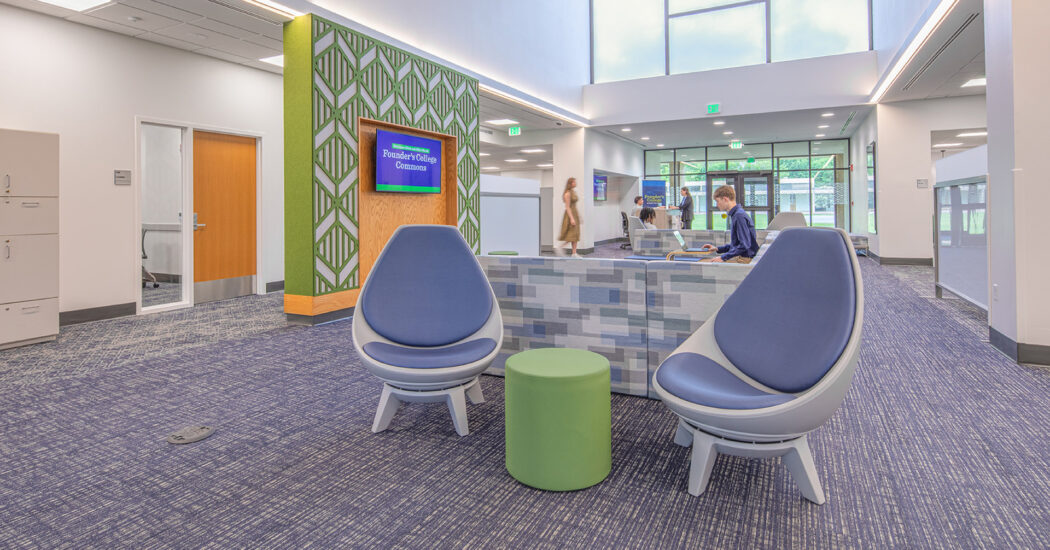Designing the Perfect Pickleball Court: A Comprehensive Guide
-
Category
Studio-K12, Studio-Higher Ed, Studio-Community, Perspectives, Innovation -
Posted By
Bob Ross -
Posted On
Dec 04, 2023
Pickleball. It’s all the rage. In fact, it’s the fastest-growing sport that blends elements of tennis, badminton, and ping-pong. In the United States alone, pickleball has captured the hearts of millions since the 1960s. As the popularity and remarkable growth continue, the demand for more courts is rising. This is sure to have decision makers weighing their options with athletic facility design. In this guide, we’ll discuss everything to know about designing the perfect pickleball court.

A group of young adults playing Pickleball on an outdoor court.
Pickleball Design
One of the reasons pickleball is successful is due to courts that are expertly designed and built. It’s true that better-designed courts lead to safer, more enjoyable experiences, and that starts with good design. When constructing a court, consult ASBA/USA Pickleball’s Construction Manual that includes details on planning and building, accessibility, fencing, lighting, accessories and amenities, and care and maintenance. Other important considerations include:
- Court Orientation and Location: The optimal direction is north-south to reduce sun glare, but other orientations will work. Investing in things like windscreens can help for the orientation and protection of play. Additionally, some sites are near residential areas, and sound of play can be a concern to neighborhoods. Looking at berms, landscaping, and fencing can help reduce this.
- Perimeter Fencing and Lighting For safety, visibility, and containment of balls, fencing and adequate lighting is recommended. Chain-link fencing is a common choice due to its durability, and it offers a clear view. LED lights are energy-efficient and provide illumination and a reduction in shadows across the court.
- Court Dimensions, and Site Design Understanding standard dimensions is the base for proper pickleball court site design. Both singles and doubles play require a court size of 20 by 44 feet. For tournament play or standalone pickleball courts, opting for a larger playing area of 34 by 64 is also an option. Additional site design considerations are bleacher layout, walkways, and ticketing.
- Materials Choosing the right material is essential for player comfort and court longevity. Popular base options include asphalt, concrete, and post-tension concrete. Each material has its own advantages, so let us help when determining the best options. The type of surfacing on top of the base also plays into the design of the court.
Drainage Issues and Design
When playing pickleball, no player wants to deal with those pesky bird baths that happen within the playing surface. To avoid such pitfalls, work in a slope at a grade between 1% and .83% to the overall design for one direction. Proper drainage also maintains the subsurface as well as the long- and short-term life of the court. Precipitation should empty into a drain away from the playing surface and if a peripheral drainage system is needed, plan accordingly. Also, think about proper drainage on and around the courts. Most regulatory entities require reducing the runoff from impervious (concrete/asphalt, etc.) surfaces. This requires having an engineer design a stormwater system to meet those requirements.
Compliance Measures
As previously mentioned, most municipalities require permitting before the start of construction. If this is the case, standard paperwork including an application for construction or renovation, design calculations, stamped drawings, various permits, zoning compliance documents and/or construction licenses may be required. Every city has its own process, which is where a design team can help work through this process.
Designing the perfect pickleball court involves intricate design and detailed planning. By considering everything and relying on the experts, Owners can create a space that not only meets requirements but also provides an enjoyable and safe environment for players. As pickleball continues to surge in popularity, incorporating a court design into an athletic facility project is a fantastic way to embrace the spirit of this exciting and inclusive sport.
Ready to play? Contact us to get started on your pickleball court design
*Bob Ross is a project manager/associate with a civil engineering background. He enjoys helping Owners solve hard-to-accomplish tasks that come with construction projects. He finds immense satisfaction in hearing how his contributions have improved the quality and safety of others.







